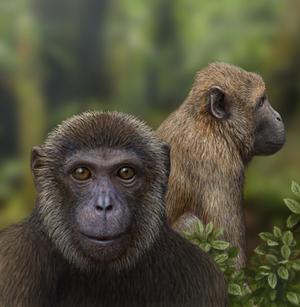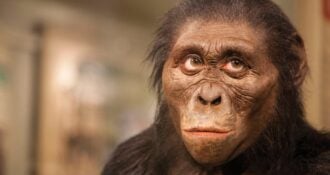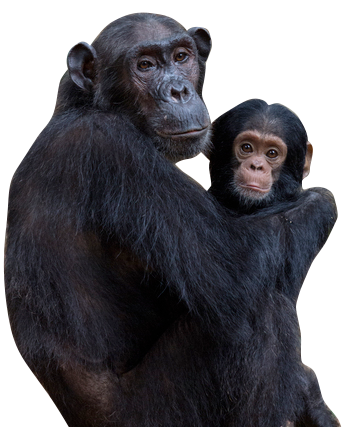ATHENS, Ohio (May 15, 2013) — Two fossil discoveries from the East African Rift reveal new information about the evolution of primates, according to a study published online in Nature today led by Ohio University scientists. The team’s findings document the oldest fossils of two major groups of primates: the group that today includes apes and humans (hominoids), and the group that includes Old World monkeys such as baboons and macaques (cercopithecoids). Geological analyses of the study site indicate that the finds are 25 million years old, significantly older than fossils previously documented for either of the two groups.
African Oligocene primates
Both primates are new to science, and were collected from a single fossil site in the Rukwa Rift Basin of Tanzania. Rukwapithecus fleaglei is an early hominoid represented by a mandible preserving several teeth. Nsungwepithecus gunnelliis an early cercopithecoid represented by a tooth and jaw fragment.
This study was funded in part by The Leakey Foundation
The researchers have shared photos from the field and their thoughts on the Foundation:
Funding from The Leakey Foundation has been pivotal in establishing and sustaining our international, interdisciplinary project, and instrumental for providing rich opportunities field and laboratory training for undergraduate and graduate students and postdoctoral researchers. Authors on the Nature article are Nancy Stevens, Patrick O’Connor, Cornelia Krause and Eric Gorscak of Ohio University, Erik Seiffert of SUNY Stony Brook University, Eric Roberts of James Cook University in Australia,Mark Schmitz of Boise State University, Sifa Ngasala of Michigan State University, Tobin Hieronymus of Northeast Ohio Medical University and Joseph Temu of the Tanzania Antiquities Unit. We thank The Leakey Foundation for supporting our research.








Comments 0